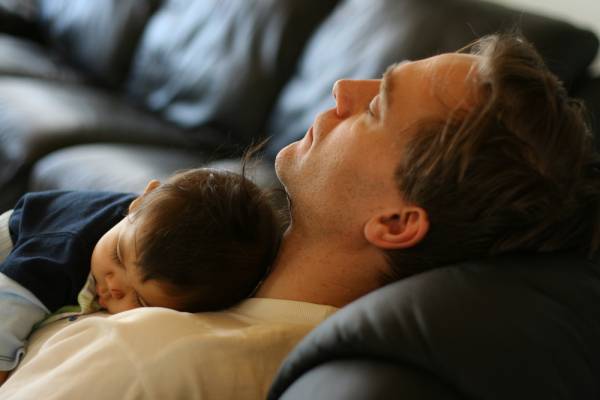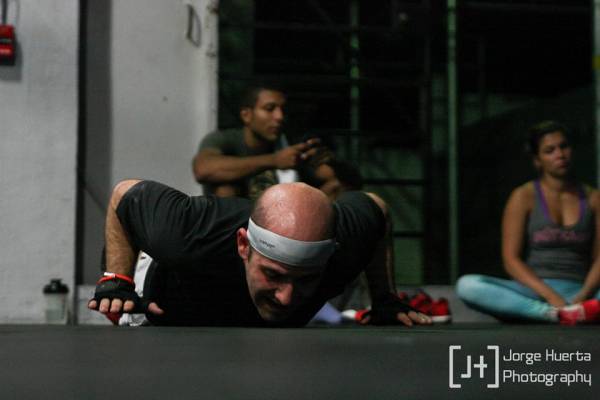During the most recent episode of Pulse Beat Fit Radio I was asked by the editor of Pulse Beat Fit what I thought was possible for a forty-plus aged athlete. Given she is soon to cross the barrier of the big four-zero, I could tell it was weighing on her mind.
Still Go Hard (Just Not Every Day)
For some reason we seem to think athleticism must stop at forty. That’s no great surprise given that back in the 1950s and ‘60s the medical profession was telling us that after age forty you shouldn’t exercise anymore. They said it was too much strain on the heart. In other words, you were expected to just slide gently into the grave from then on.
While there aren’t many stand-out professional athletes in their forties, the fact that there are a few shows us it is possible to still have some good days. I’m well aware there are a growing number of active mature athletes who pursue their passion thanks to HRT, but I want to look at what is possible for those of us who don’t want to go down that path.
For me, the most important thing to realize was that I may feel like a young me still, but my body doesn’t. I wake up stiff sometimes and often have to hobble around the room for a minute until things start to loosen up. And while I can still go hard, I can’t go hard every day like I used to. In a given week, I will likely have two hard workouts with the remainder being far more moderate, as I simply can’t withstand so many hard sessions. In other words, I just don’t recover like I used to.
Rebalancing the Body
After every hard session, regardless of age, the body needs to rebalance itself. It does this through two primary mechanisms – food and sleep. Training for most people generally falls either early in the day before work or later after work. In both cases it is important to get a decent meal in post training. It won’t kill you if you don’t do it, but by the end of the week the benefits from quickly refuelling your body can be felt.
I won’t bore you with quoting studies as by now you should have seen the thousands of articles written about the importance of post-workout nutrition, so try to get a meal in within thirty minutes if you can. Don’t be scared of carbohydrates either as they will need replenishing after you’ve used them up during training.
As you get older one of two things happens. Either you realize you can’t get away with poor choices anymore and that a fast-food meal makes you feel horrible for days. Or, you realize having a six-pack isn’t as important to you as having a glass of wine with dinner each night and enjoying some of the less health conscious and tastier options out there. Neither is right or wrong and only you can decide which is the right path for you. But if you want to keep pushing hard past forty, then you’re going to need to make good food choices more often than not.
Time, Food, and Sleep Management
Food is like the petrol our body needs to keep running. The better the quality of fuel we put in, the faster and longer we can rev the engine. But sleep is like preventative maintenance. Forgoing sleep to watch TV or stay out late will halt your progress faster than anything else I can think of. One of the problems about passing forty is that often by this stage we have serious jobs that may require working outside normal hours, or there might be kids. Or there might be kids and work.

Most people’s time management skills are awful. They waste time on unimportant things, watch too much TV, and don’t prioritize looking after themselves by getting to bed early. While life is never perfect and there will be situations (particularly for those with kids) that require changing your schedule on the fly, getting people used to your routine is essential. Everyone knows not to expect an answer from me after 8.30pm at night as I am already starting to get ready for the next day. Clothes are laid out. The alarm is set. It’s rare that I am in bed after 9:00pm.
That may make me seem like an old man, but if you want to have enough energy to train well the next day, then you must get enough sleep. For me, I find that eight hours is critical if I plan to have the energy not just to train well, but also to have a clear head for the work that comes after it.
The other part of the sleep equation is taking a nap during the day. I know this makes me seem like even more of an old man, but currently I train twice each day and without that nap in the middle the quality of the second session is low. My total sleep for every 24-hour period is eight hours overnight and another hour during the day.
Balancing the Training
After food and sleep comes balancing the hard work in your training versus the easy work. I shouldn’t really call it easy, because it’s not, but when looked at in relation to the hard sessions you’ll see why they’re called easy. A hard day may look like this:
- AM – 70min hill run as 20’ warm up easy, then 1’ at 8% followed by 5’ easy, 2’ at 6% followed by 5’ easy, 3’ at 4% followed by 5’ easy. Repeat for another round followed by 10-15’ cool down.
- PM – Front squat and power cleans for strength followed by approximately 60 min of some type of interval weight training (IWT). IWTs are usually a compound resistance exercise followed by a 2-min cardio exercise, with a rest to work ratio of 1:1.
After a day like that you’ll find you wake up the next day stiff and tired. That’s actually my current Friday workout, which means that Saturday has to be “easy.” In this context easy doesn’t refer to actually taking it easy, but in deliberately choosing activities that won’t put as much stress on the body as the day before. A typical Saturday looks like this:
- AM 1 – Easy run of 40 min. Eat immediately after and take a short break.
- AM 2 – Strength session, predominantly upper body, followed by a bodyweight circuit.
- PM – Easy swim.
If you pull the thread on this second day and compare it to the first, you’ll see a big difference. A flat, easy run is refreshing after the pain of the hill run the day before. A strength workout that is mostly smaller muscle groups and confined to the upper body is far easier than squats and cleans. The use of bodyweight circuits is also far easier than an IWT (which if you’ve done one before, you’ll know can be an absolute killer). And the swim combines more easy aerobic work with cool water, which has an anti-inflammatory effect.

The Take-Away
There’s no reason to stop working hard as you get older, you just need to be smart about it. You need to be diligent with your food and sleep in order to recover properly between sessions. And don’t try to train hard each day, but follow hard days with easy ones to allow your body to recover while still gaining fitness and strength. Fit at forty is possible – if you are smart about it.
Photos 1 & 3 courtesy of Jorge Huerta Photography.
Photo 2 courtesy of Shutterstock.






